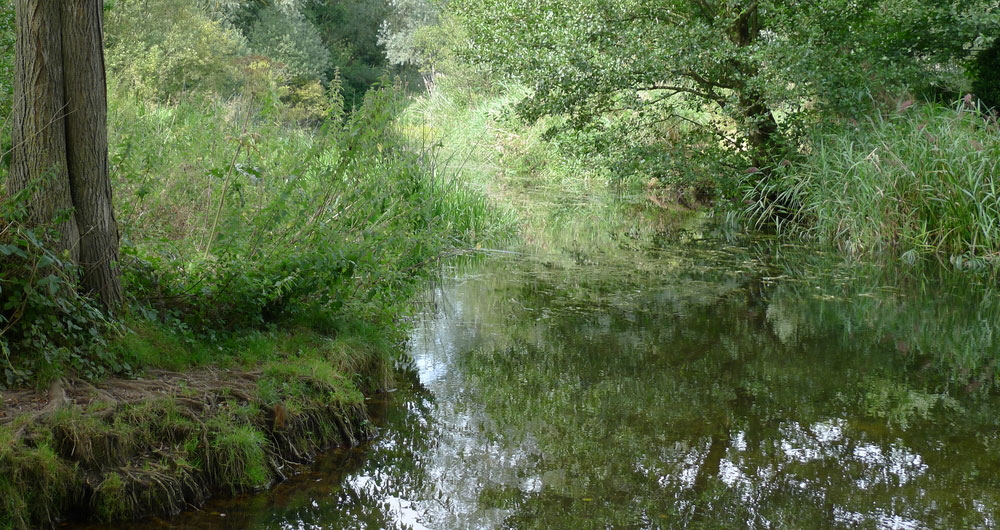The Environment Agency has identified priority catchments as part of its abstraction plan. They have been created to develop and test innovative solutions to water challenges, and to achieve greater access to water whilst addressing unsustainable abstraction. All 10 catchments are in areas where there is:
- Unmet demand for water and/or concerns that abstraction is damaging the ecology
- Potential for water to be shared amongst abstractors
- A group of abstractors who can trial new and innovative ways of managing water abstraction.
What is a priority catchment and how can I get involved?
Click here to read a briefing from the Environment Agency which explains its approach to priority catchments as part of its Abstraction Plan published in December 2017 setting out how it intends to reform abstraction processes and regulation.
The new catchments, and the priority work identified for them, are:
- Otter (Devon): Explore how working with natural processes (land use and groundwater) will improve sustainability.
- Arun & Western streams (Sussex): Enhance collaboration between the water industry and agriculture sectors to achieve more sustainable abstraction.
- Wye (Hereford): Collaboration between the water industry and agricultural sector to ensure the Wye Special Area of Conservation (SAC) is protected, working on cross border issues with Natural Resources Wales (NRW).
- Alt & Crossens (Cumbria and Lancashire): Work with stakeholders to address irrigation problems which were particularly highlighted during the 2018 dry weather.
- Brue (Somerset): Address multiple pressures using a collaborative approach.
- Till and Tweed (Northumbria): Explore how the catchment approach can alleviate abstraction pressure from previously exempt abstractions.
More from NFUonline:
